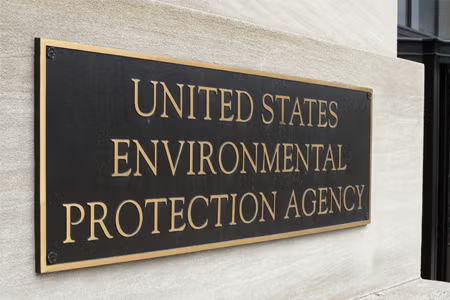The Frank R. Lautenberg Chemical Safety for the 21st Century Act, signed into law in 2016, was the first major overhaul of the Toxic Substances Control Act (TSCA) since it was enacted in 1976 — and the most significant update to any U.S. environmental statute since 1990.
This historic reform was the result of years of bipartisan negotiation and compromise involving Congress, the Environmental Protection Agency (EPA), and a wide spectrum of stakeholders, including chemical manufacturers, public health advocates, environmental groups, labor unions, and animal welfare organizations. The law passed with overwhelming support in both chambers of Congress, reflecting a shared commitment to improving chemical safety while supporting American innovation and manufacturing.


